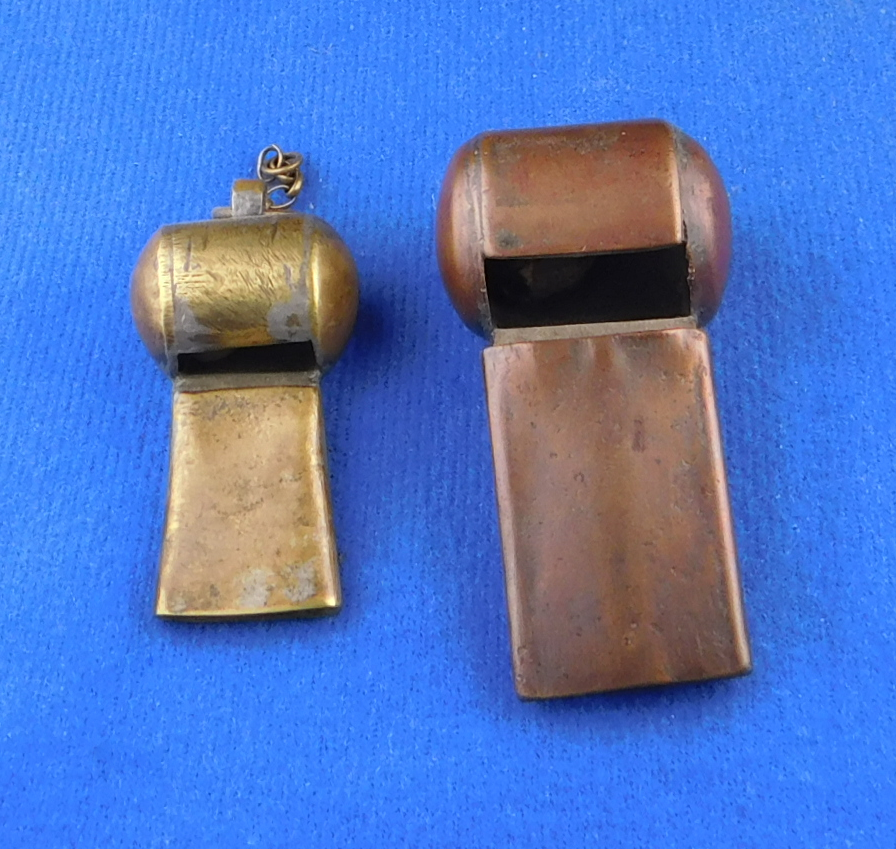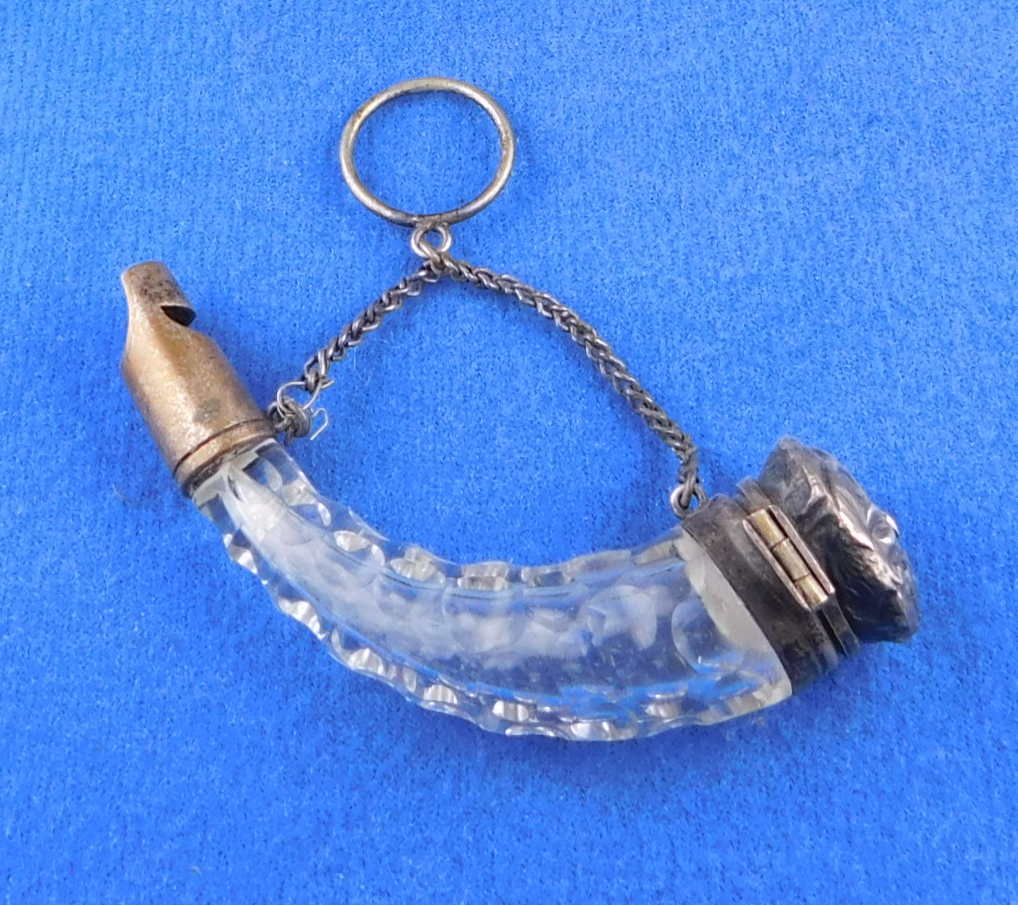Spotlight > Whistle Maker by Country of Origin > United Kingdom Whistle Makers > Hawksley >132 G and JW Hawksley
Whistory
George and John Williams, brothers are recorded as opening the company of G & JW Hawksley on the early 9th century, 1840. They did not make arms, but accoutrements. Beyond this they specialized in gun powder flasks and silver flasks.
Where Did G & JW Hawksley Make Their Whistles?
Our focus is on whistles made by them. They are recorded as making whistles in Sheffield much earlier than many renowned whistle makers in Birmingham. In fact, there appears to be quite a variety and not adequately recorded or described, ergo our article.
What Were G & JW Hawksley’s Earliest Whistles?
Although Hawksley is often associated with extractor whistles, these appear to have come onto the scene after their many other whistles and it would also seem they made/offered extractor whistles long after the turn of the century, thereby modifying our dating them.
How long G & JW Hawksley offered the long list of whistles shown from a catalog page is uncertain as well as how many others were offered early on. There is no mention of bell whistles at all as has been suggested that their earliest whistles were ‘more than likely bell whistles’. On the other hand, boatswain whistles are listed as well as a double call (unknown). However, the boatswain whistle was a unique escargot type whistle with a flattish barrel body
Although the records available describe G & JW Hawksley as being sold to John Greaves Hawksley (1870) and then to Edwin John Makin (1866), the firm continues till 1946. This is also despite records indicating that Makin went into bankruptcy (twice). Who took over the company is obscure.
Even though Hawksley sold many round whistles, they were called dog calls, and perhaps police calls. Beaufort whistles were called railway whistles. To date many of these calls are not accurately described and remain unrecorded as Hawksley whistles.
G & JW Hawksley and Dixon & Sons
Martin Gilchrist in More Whistles ignores G & JW Hawksley altogether on beaufort (railway) whistles and groups one into each of the pictures on page 33 of Dixon whistles. As can be seen in the pictures below the wedge inside is different from Dixon wedges.
However there does appear to have been a working relationship rather than competition between Dixon and Sons and G & JW Hawksley, as can be seen by several whistles made by Dixon, but stamped with Hawksley on them. Each time they appear to be nickel silver and perhaps that is why this was so?
Regardless, there is a need to document more the crossovers of whistles distributed by Hawksley of whistles made by Dixon as can be seen in models 775 & 777D of the captured catalog pages below.
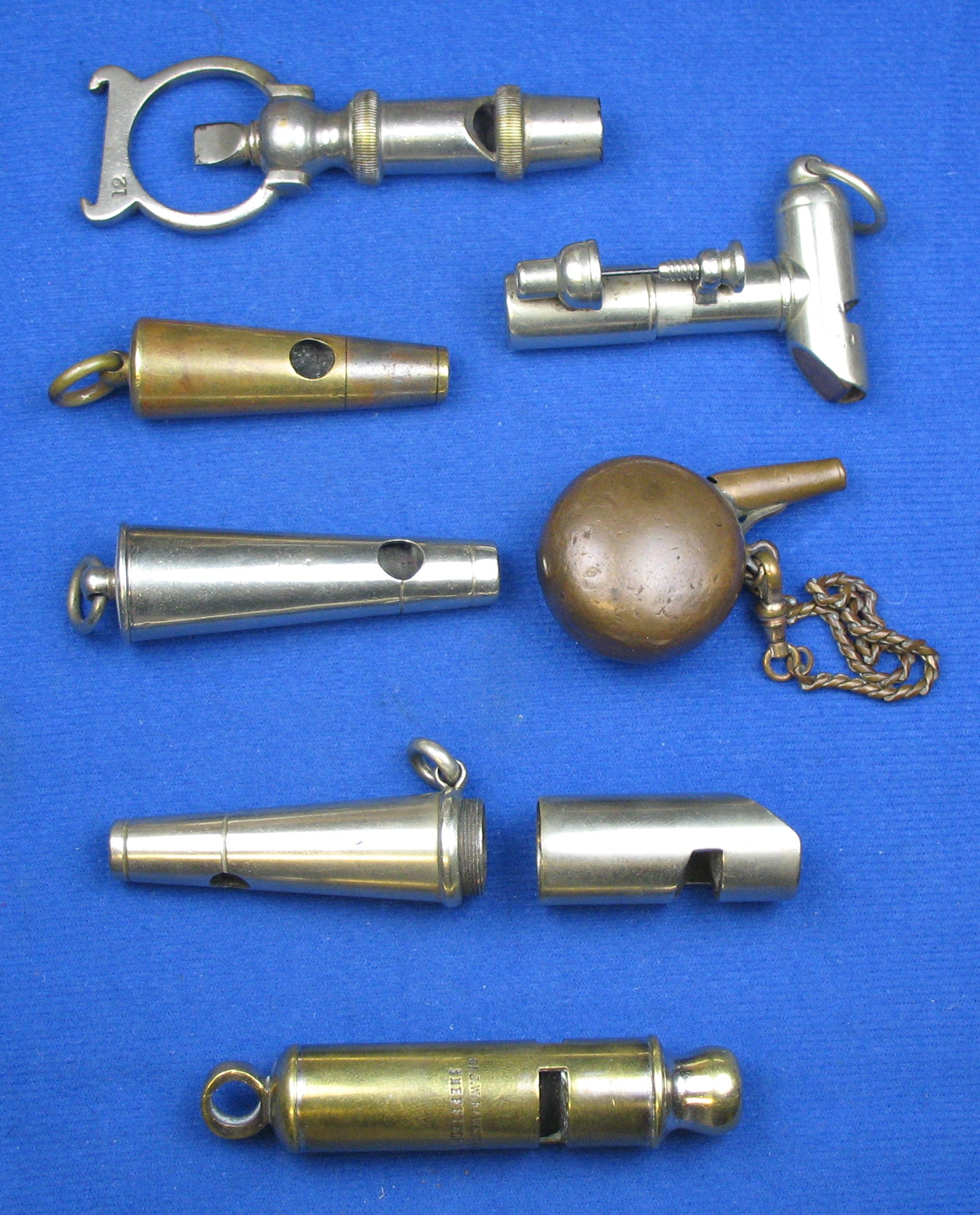
Whistle Classification
| Category | bell tube extractor ( straight ) extractor ( folding ) gadget ( w/ extractor ) escargot double call beaufort / conical boatswain |
| Order | G & JW Hawksley |
| Type | hunting railway police boatswain dog |
| Class | brass nickel plated brass nickel silver britannia horn |
| Subclass |
Whistle archeology
The earliest and only reference to whistles in an advertisement dated 1848.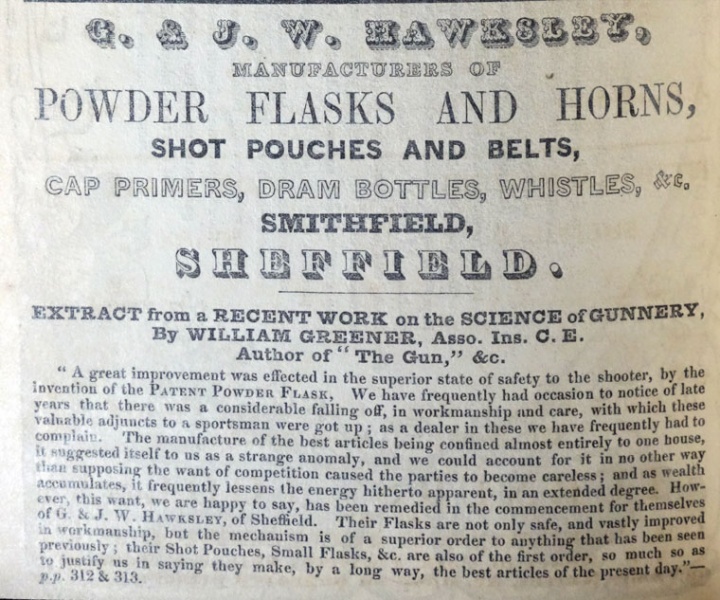
George Hawksley’s residence was at 73 Carver Street.
JW resided at 22 Holliscroft and is recorded as being a horn merchant as well — 1852
1840 – business begins ( stated on 1927 catalog )
1841 Directory confirmed
1845 listed @ 35 Smithfield
1848 advertisement selling whistles
1852 32 Charlotte St. silver/silver platers
1852 75 Carver St. ( manufacturers )
1858 75 Carver St.
1856,58 & 64 @ 75 Carver St. George Hawksley enters marks with the Sheffield assay office –
1862 75 Carver St.
1864 75 Carver St.
1865 75 Carver St.
1865 GH places adv for silver buffer @ Charlotte Street Works. 32 Charlotte St. Sheffield Daily Telegraph
1866 *** George Hawksley & Co. sells to Edwin John Makin sole owner
(Edwin John Makin entered his mark at the Sheffield Assay Office in 1867)
1867 listed for 3 years as silver plate
1867 listed as Charlotte St Works cross referenced in adv.
1869 75 Carver St.
1871 75 Carver St.
1874 75 Carver St.
1882 75 Carver St.
1889 Carver Works on Carver St. mark entered Sheffield assay office
1900 Carver Works – same
1946 sold to Dixon and sons
1866 sale to Machin —

1867 – Edwin John Makin listed as bankrupt
1870 – George and John partnership dissolved John Greaves Hawksley/Edwin Newboult purchase.
1880 – Edwin John Makin listed as bankrupt
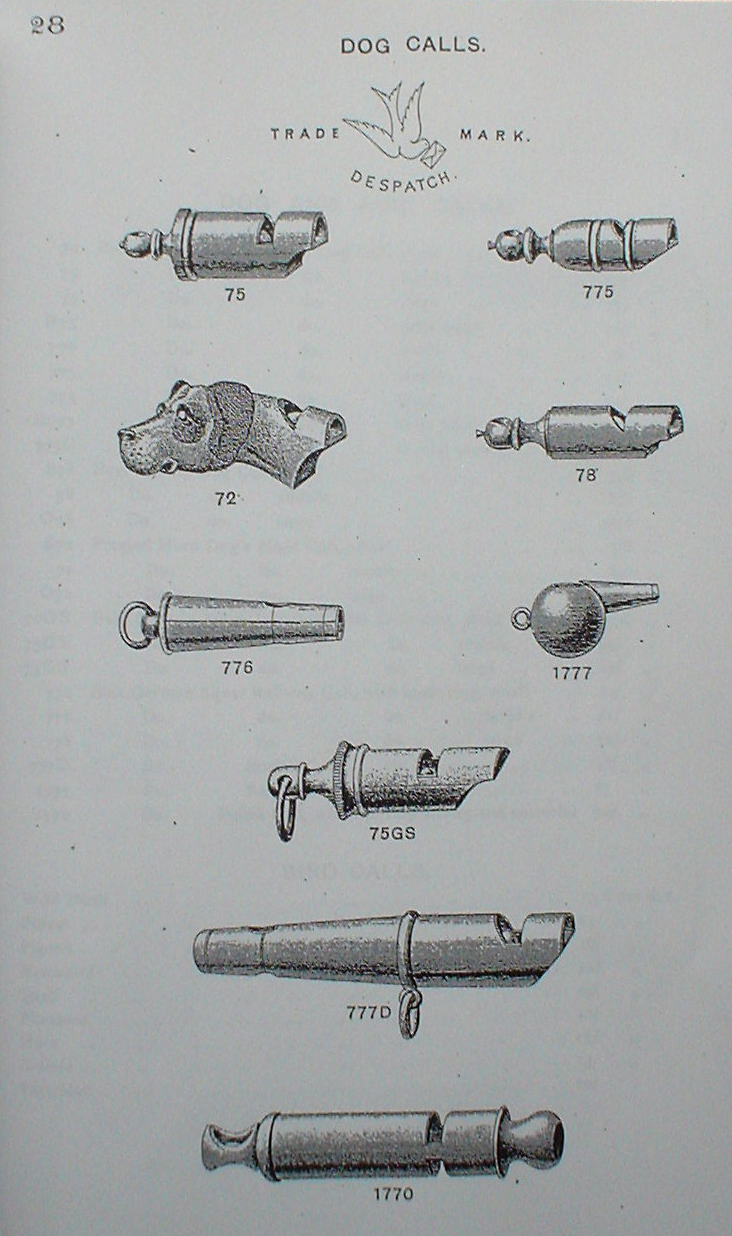
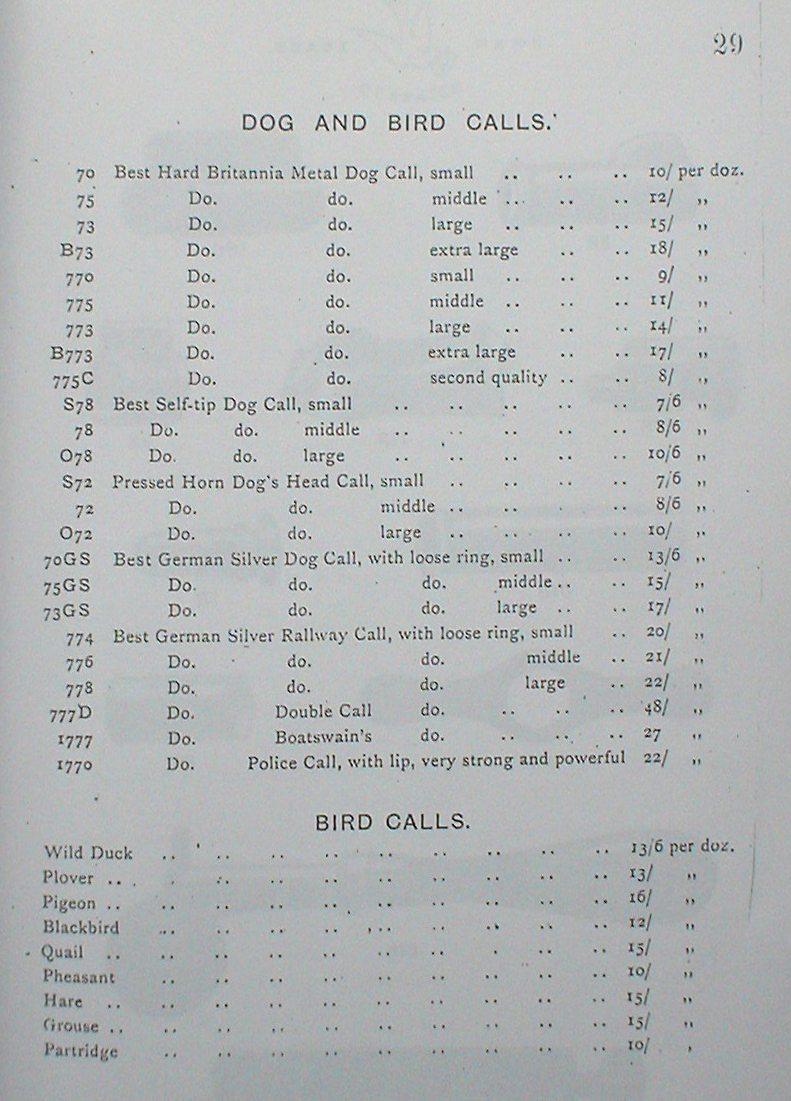
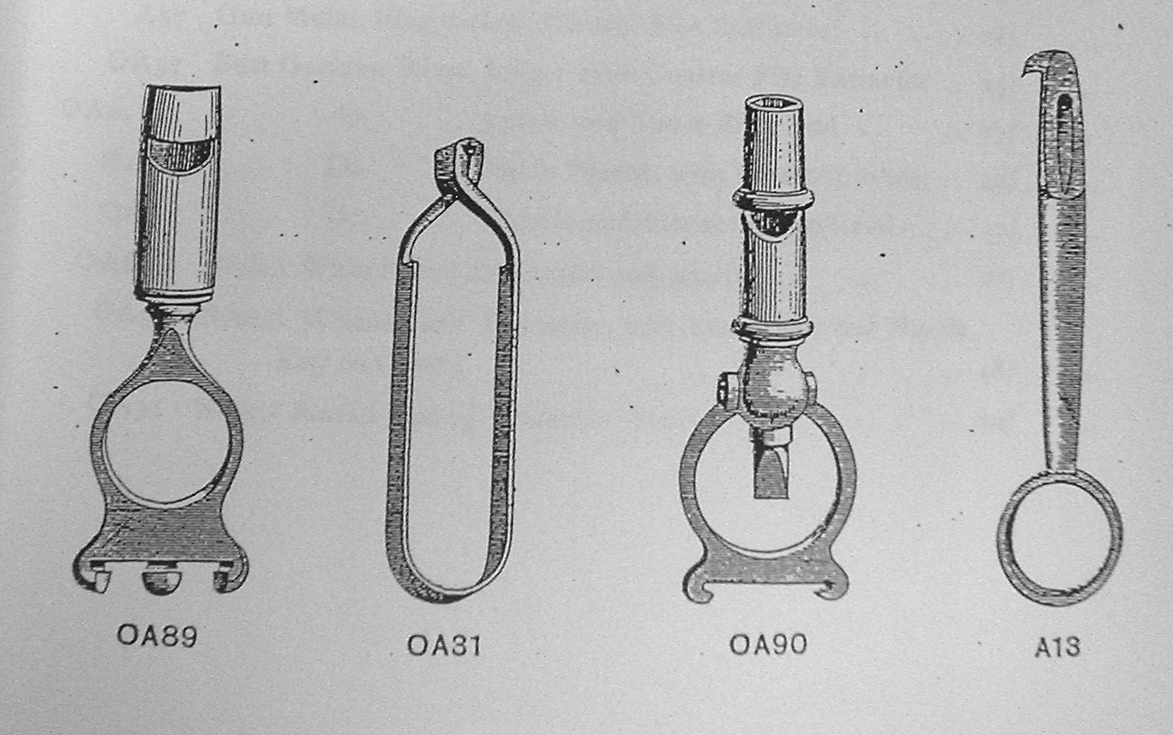
The following are excerpts from the 1927 Catalog for G & JW Hawksley matching the above model numbers.
Therefore in 1927 ( at least ) the following extractor whistles were still being offered for sale.
A89 – straight extractor with whistle
A88 — folding extractor with whistle
OA90 – folding extractor with whistle and nipple key & turnscrew
How many other pages offered whistles is unknown
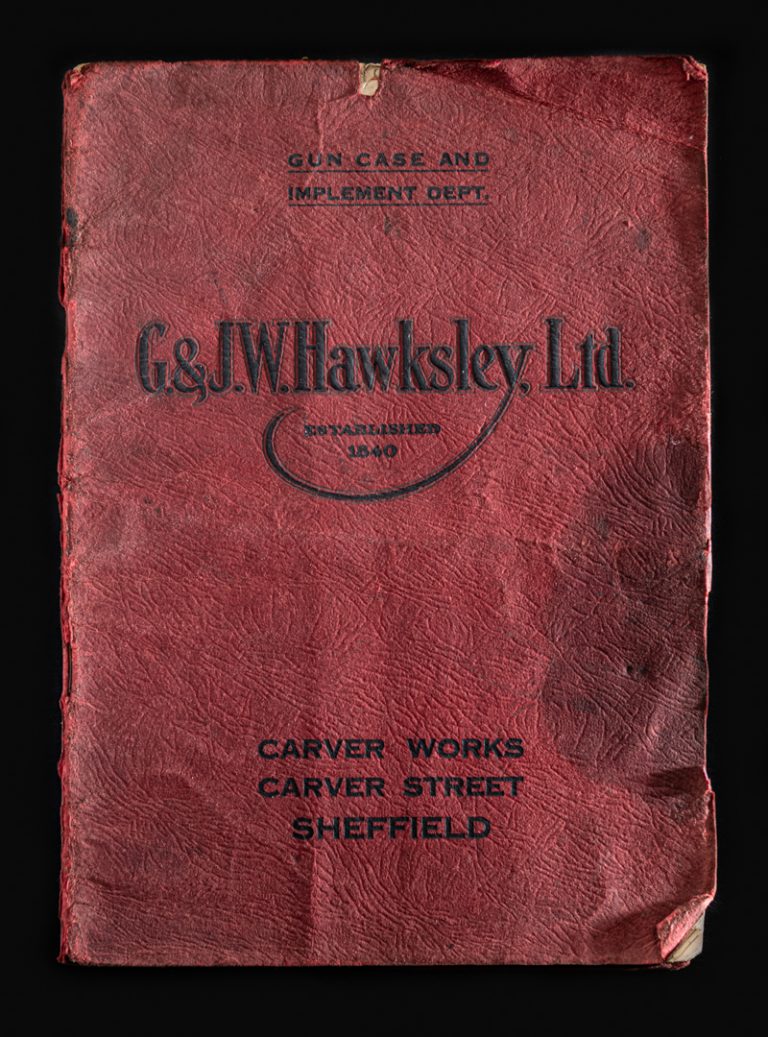
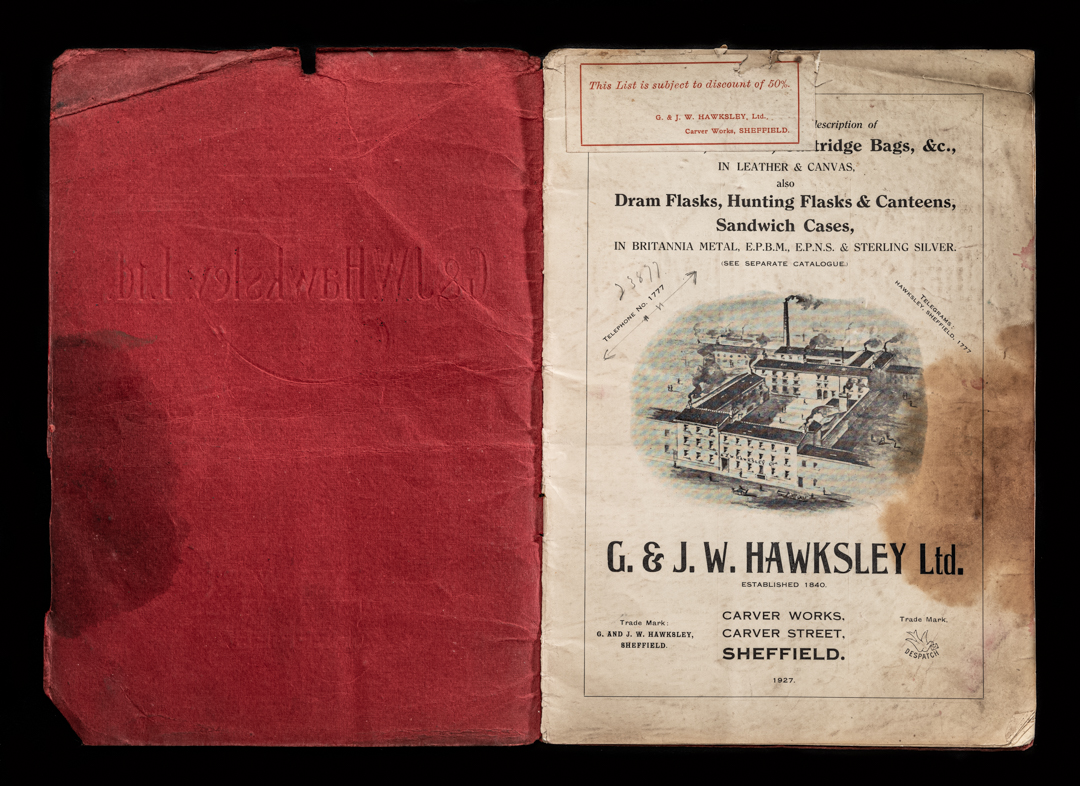
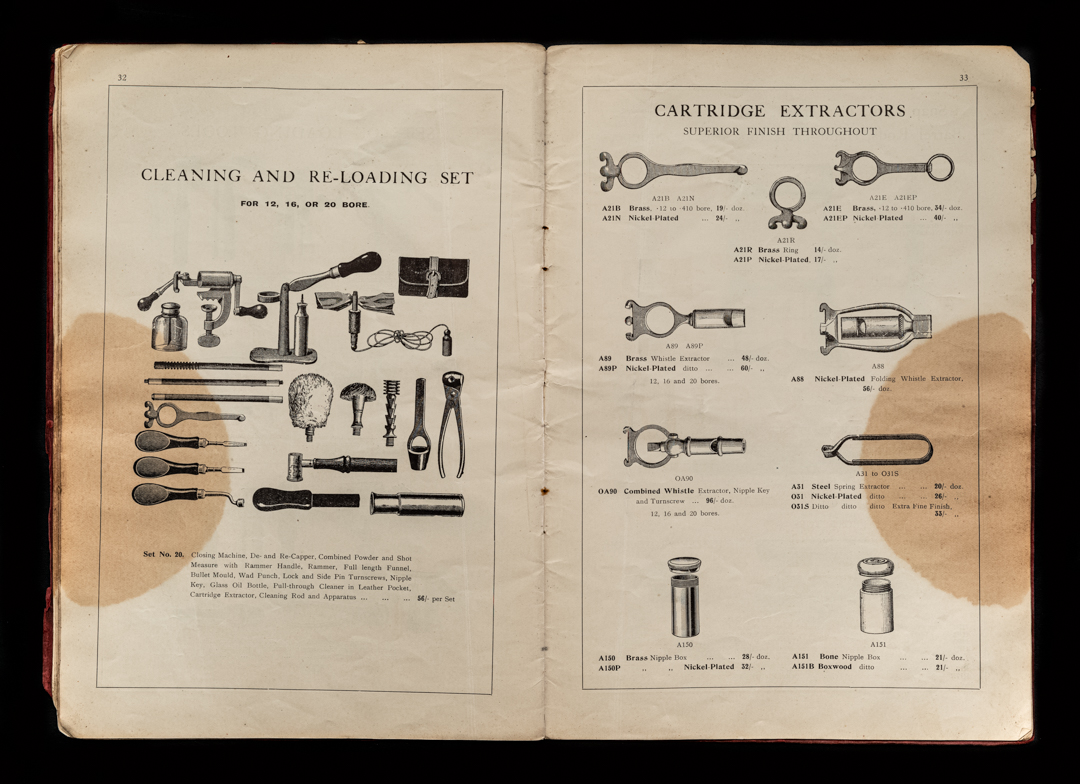
Whistology
No mention is made of extractor whistle combinations on the earliest pages (28,29). However, it would be supposition to state that the timeline is set here. For study purposes, we will present extractor whistles following this catalog page and because extractor whistles are shown to be sold in 1927.
When extractor whistles are first known to have been offered by Hawksley is not yet known, but is set for revision here.
As we do not have identified Hawksley rounds here at the reference collection, nor pressed horns, we will move on to model 775, the railway whistles, which came to be known as beaufort or conical whistles.
G & JW Hawksley Railway Whistles, or Beauforts (Conical)
Three models are described, two are nickel silver, the third brass. You will note the same knops and deeply recessed wedge, typical of Hawksley. All are unmarked.
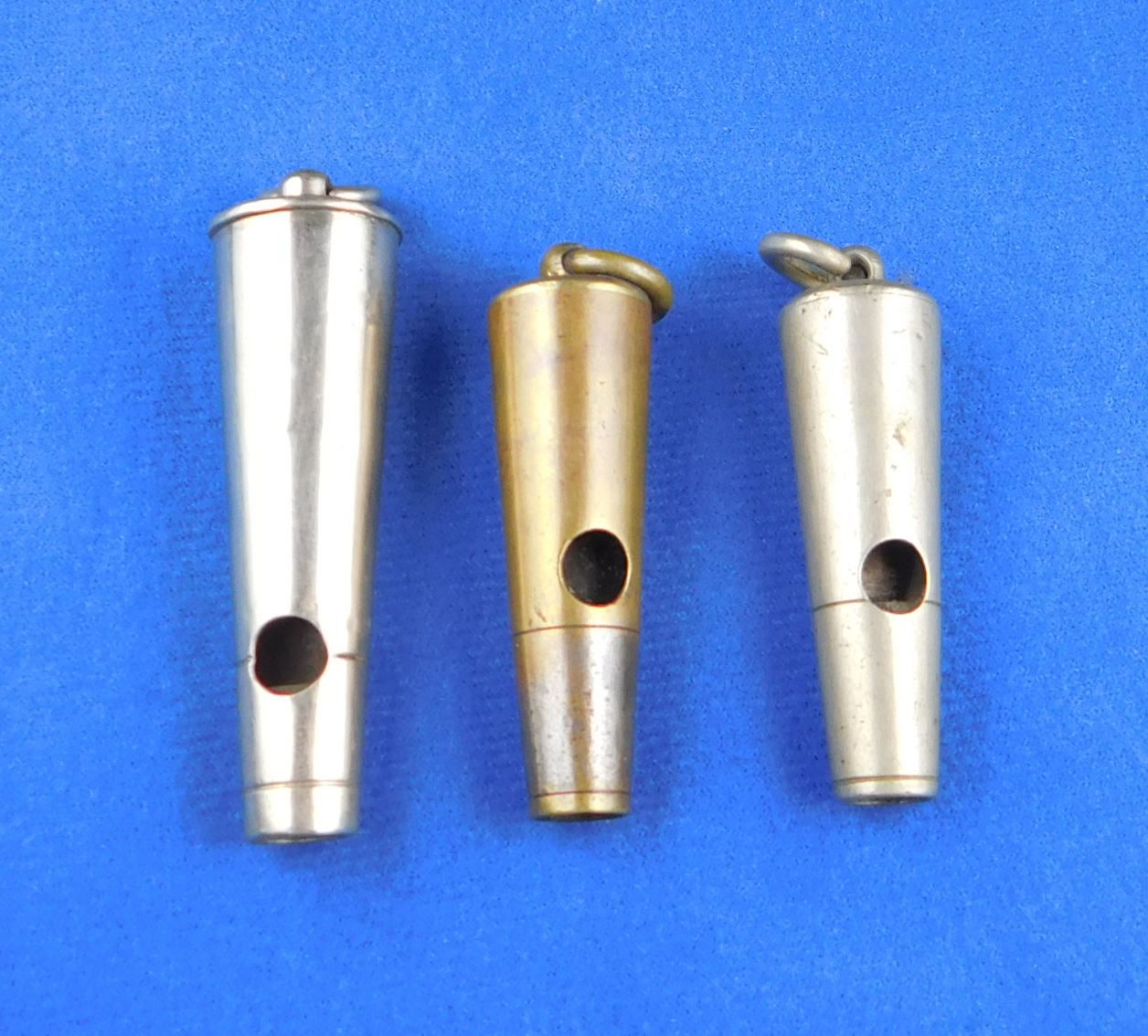
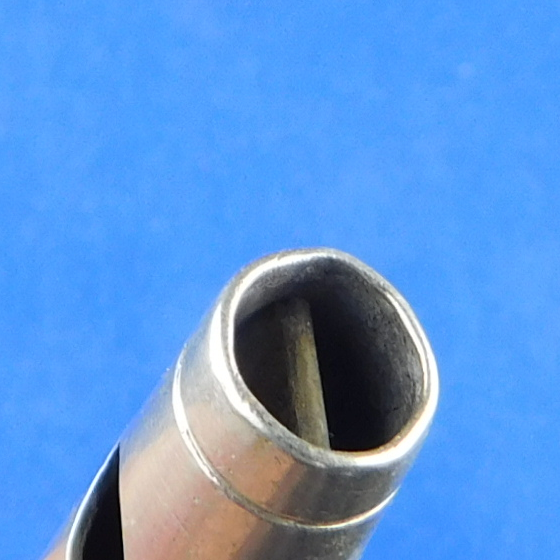
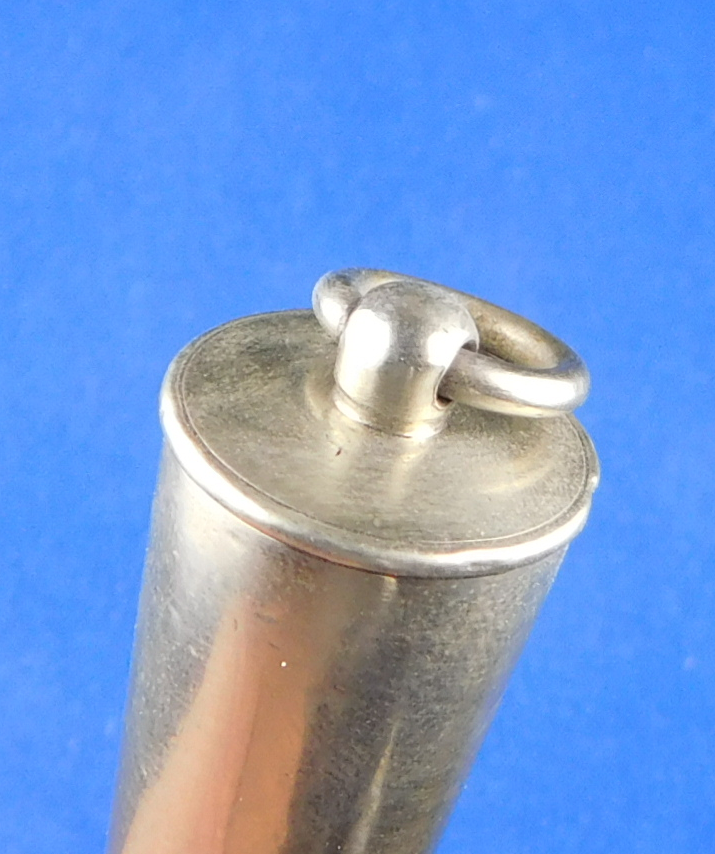
G & JW Hawksley Boatswain
The next is what Hawksley call a boatswain whistle, which looks much more like an escargot whistle.
You can compare this to a standard, large size escargot for size and shape.
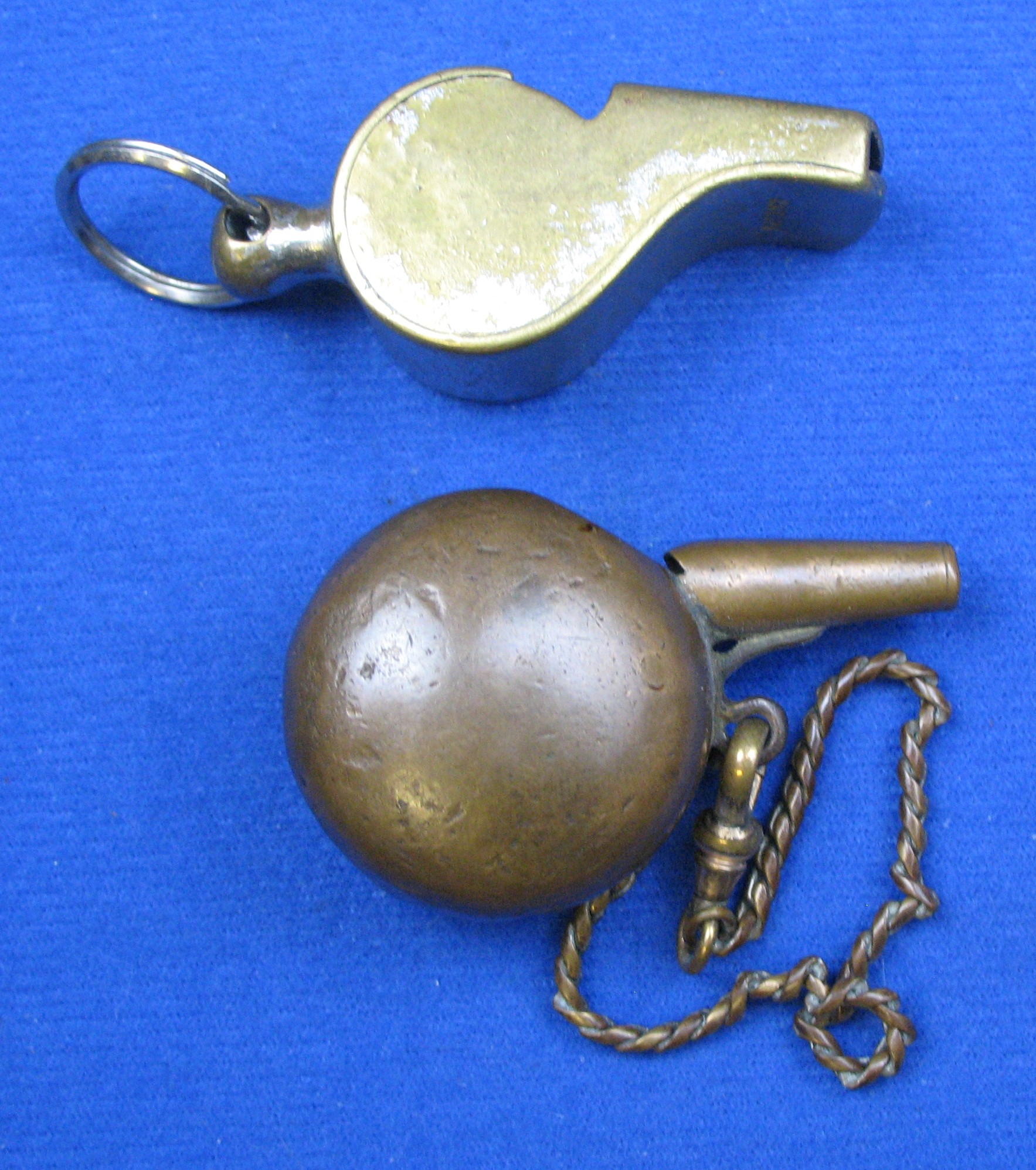
We have pictured a classic designed boatswain pipe/whistle which predates Hawksley for another comparison. This is a large English Boatswain pipe.
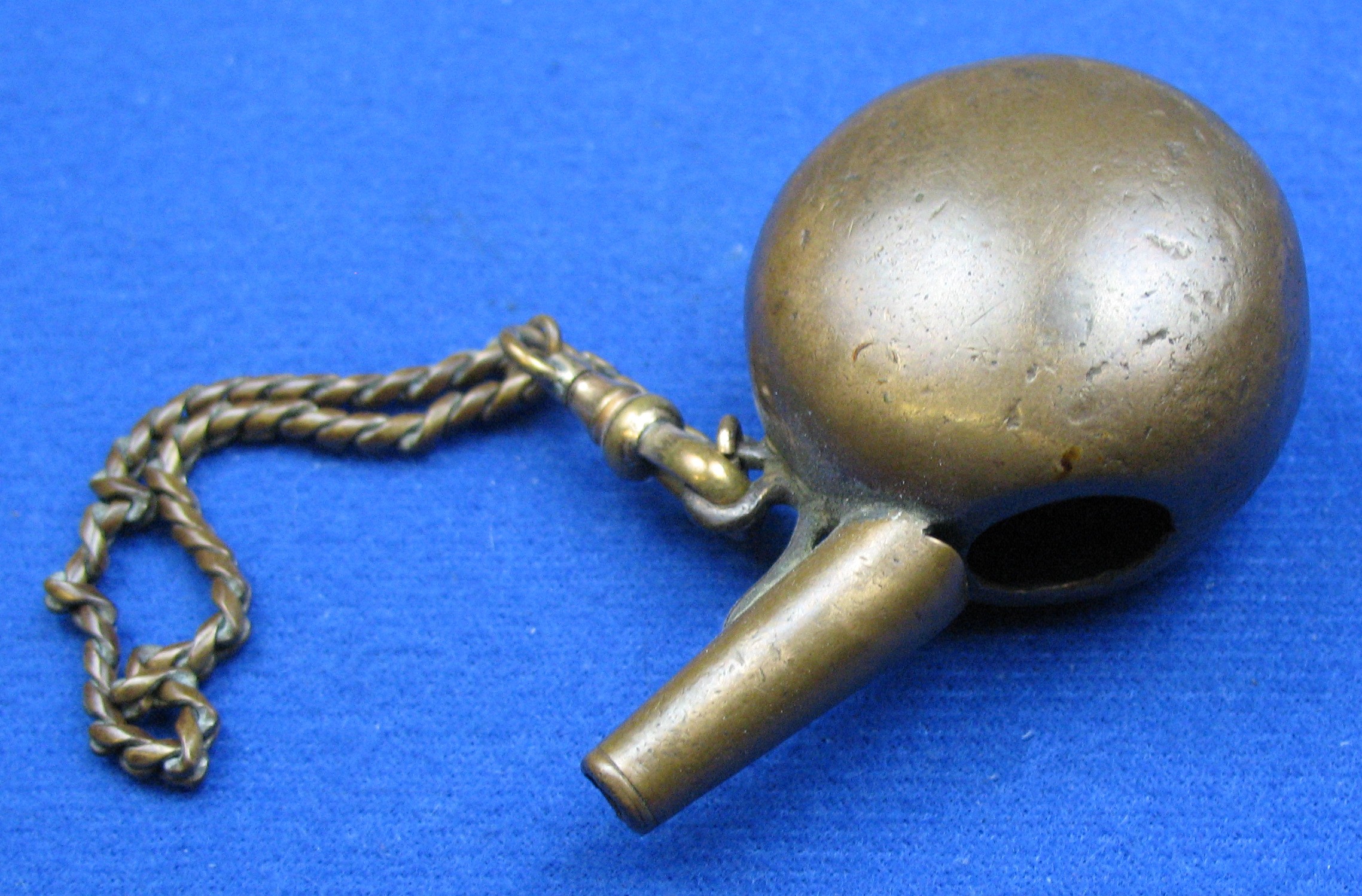
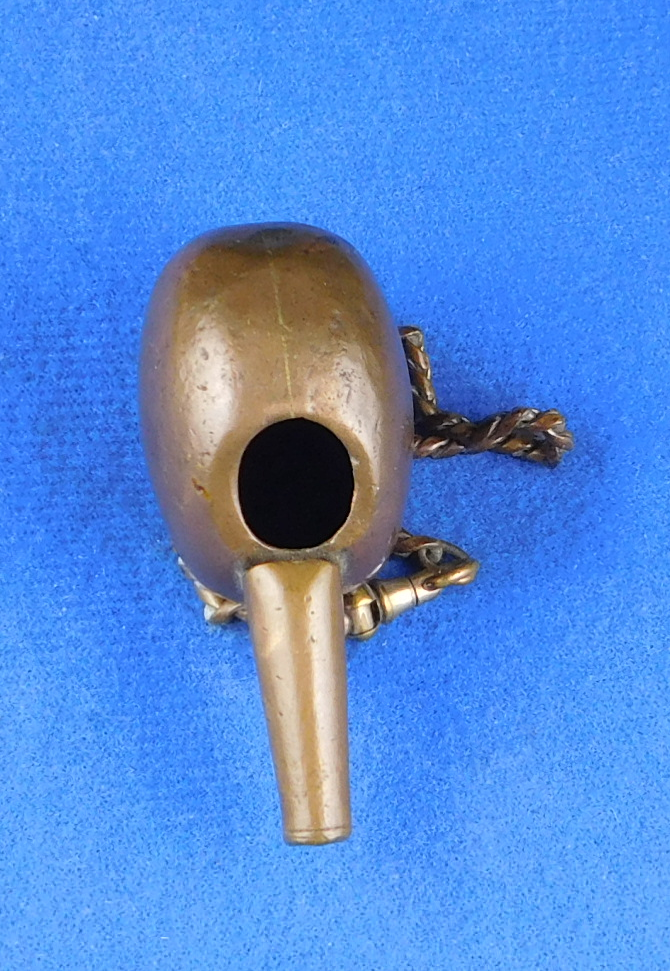
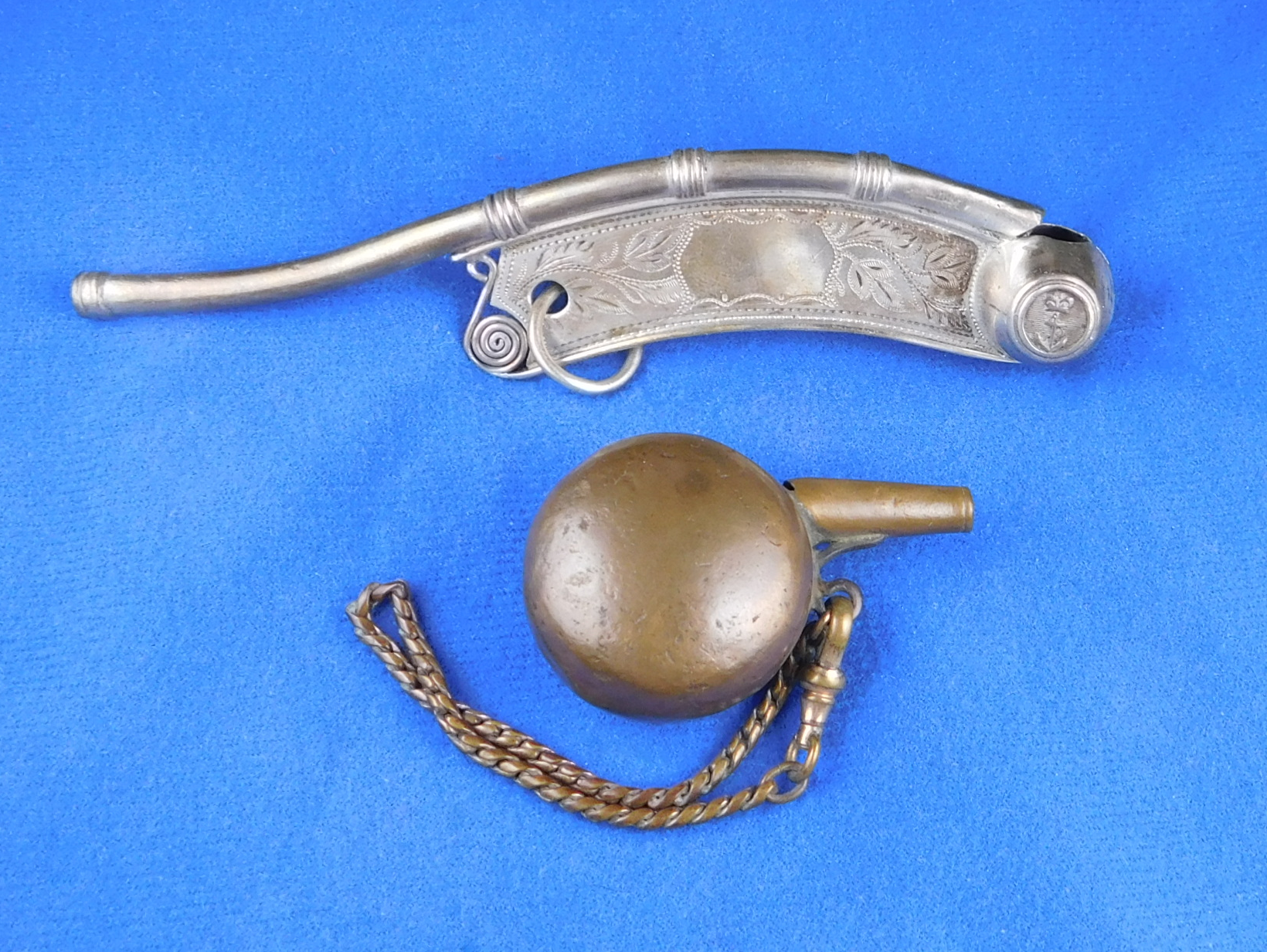
Model 777d (below) is clearly made by Dixon and Sons for them.
It is a two-piece distributed by Thornhill, pure nickel silver, typical window of Dixon as well as the slanted fipple base.


From the catalog model 1770 a tube-shaped whistle of very high quality.

G & JW Hawksley Extractors, Bell Whistles
Now moving on to later whistles combined with extractors, first is a combination nickel silver with G & JW Hawksley that was clearly made again for them by Dixon and Sons.
This is a series of nickel silver extractors made by Dixon but marketed through G & JW Hawksley.
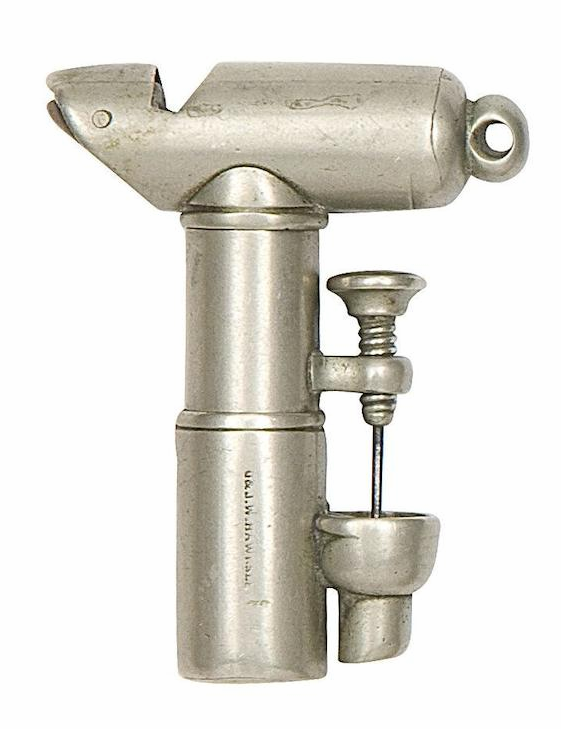
Picture credit needed
From the Paul Collis collection and website an exceptional nickel plated brass extractor whistle combination.
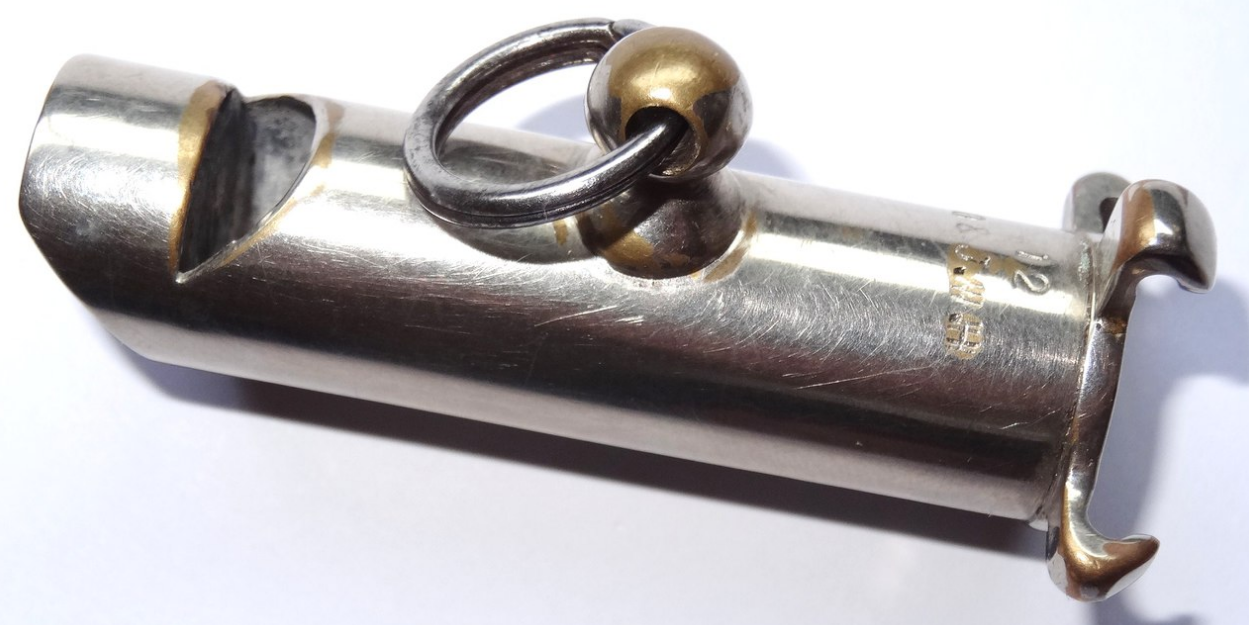
The Bell whistle was designed by Richard Porteous and then manufactured in brass by Stevens and Son circa 1865-70, G & JW Hawksley carries the stamp of their own in nickel silver ( monotypical ), perhaps it too made by Dixon and Sons.

Two sizes of straight nickel silver extractor whistles 12 & 20 gauge, once again made by Dixon for G & JW Hawksley as seen by the windows and slanted fipples.
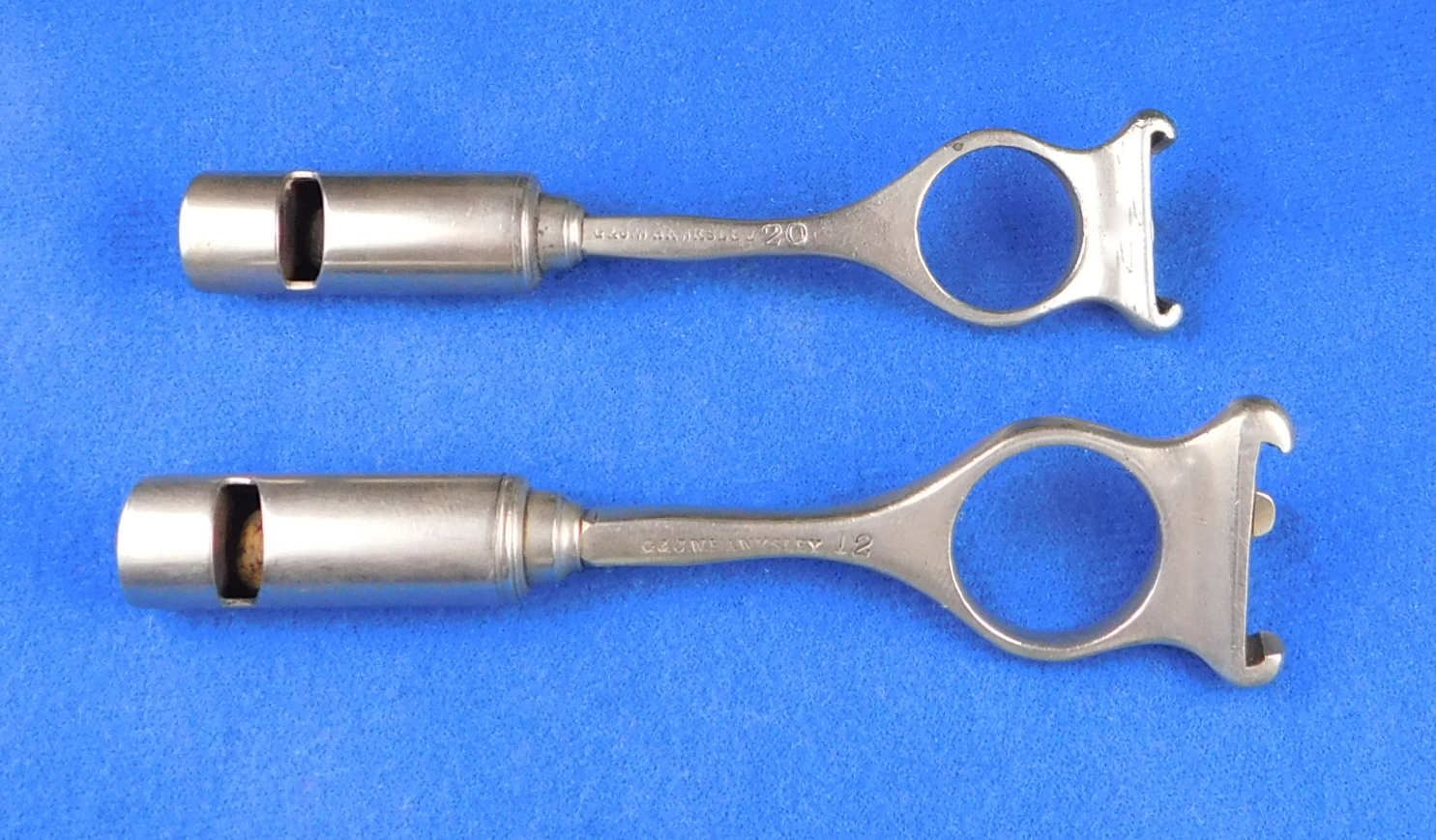
Now we move on to model A89 brass straight small extractor, note the window shape is here curved into a half moon.
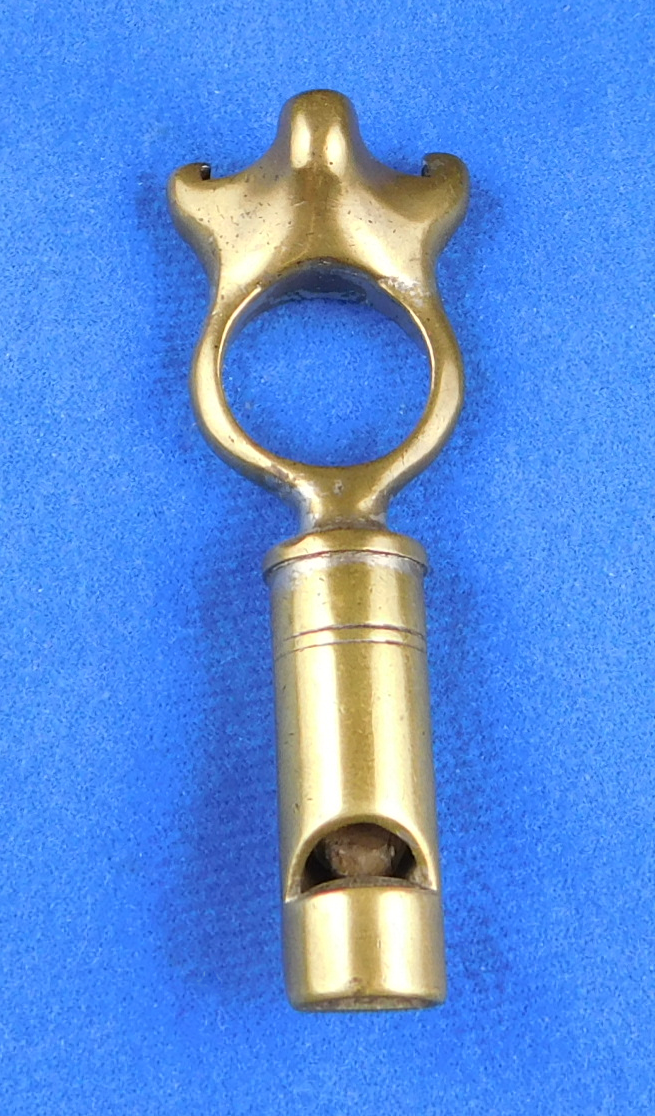
Two models probably Hawksley model A88
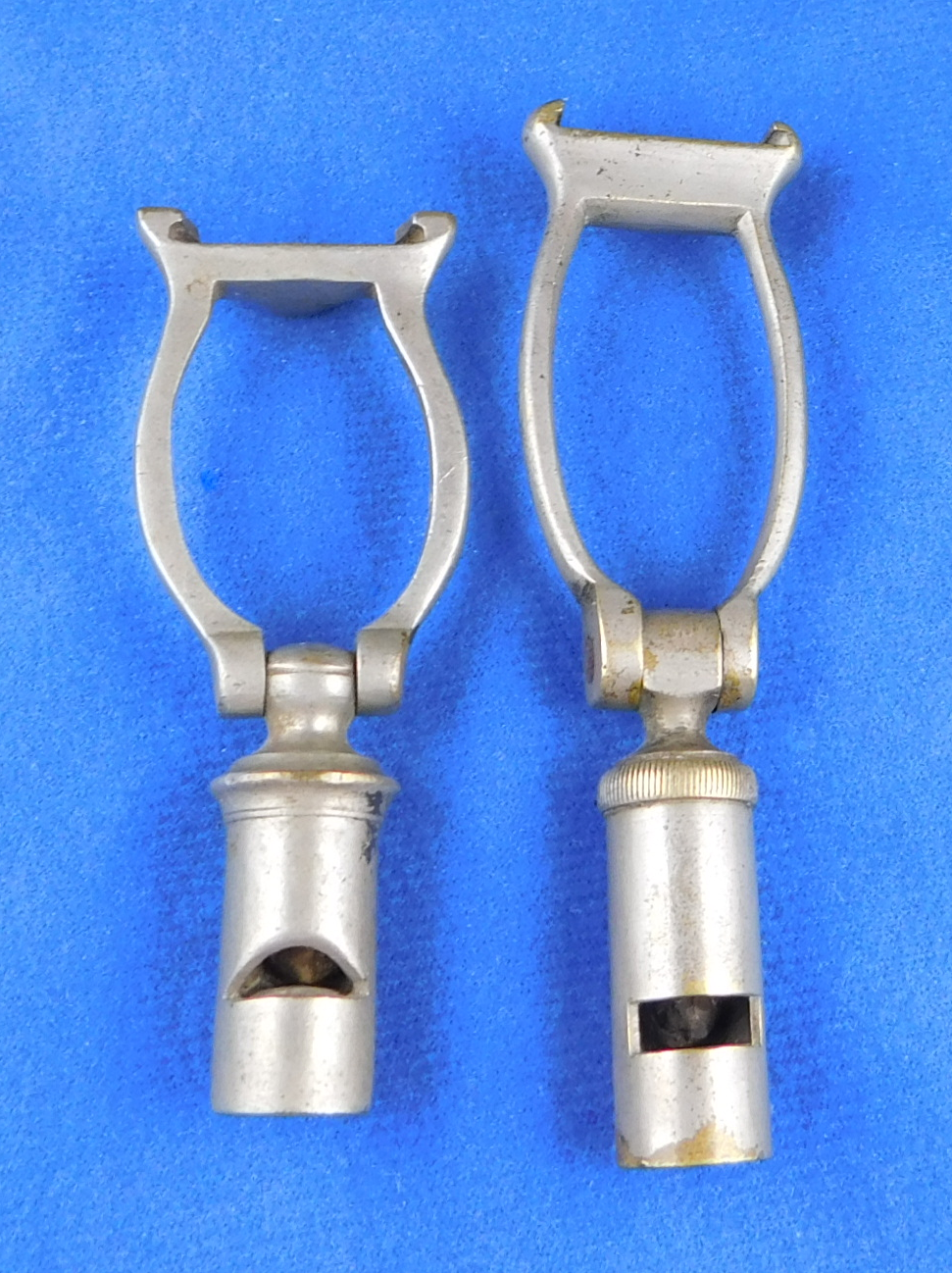
Model OA 90 two folding with tools. Gilchrist shows on page 70 of more whistles the carriage key under Dixon.
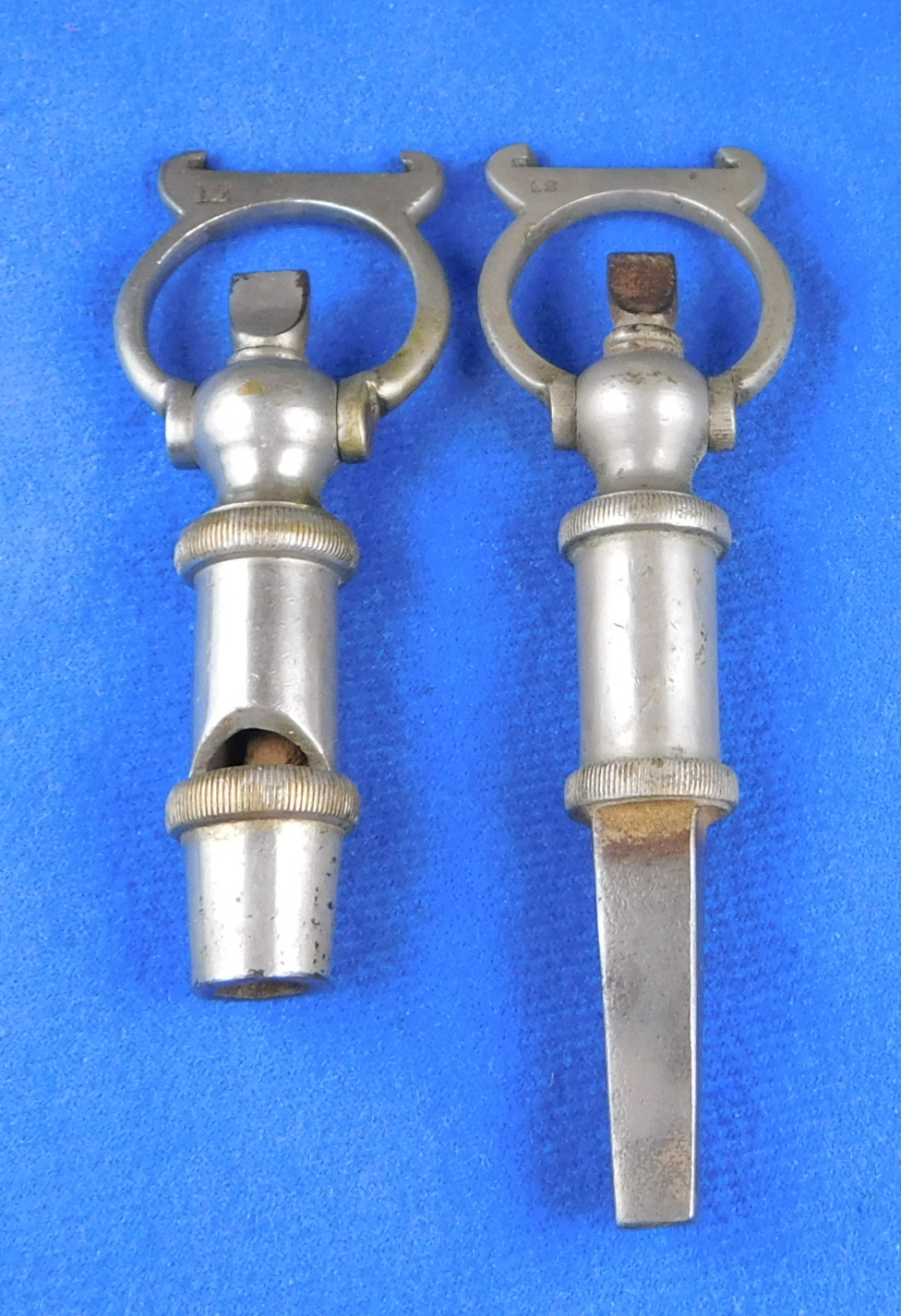
G & JW Hawksley Horn
Lastly a small horn round model 78
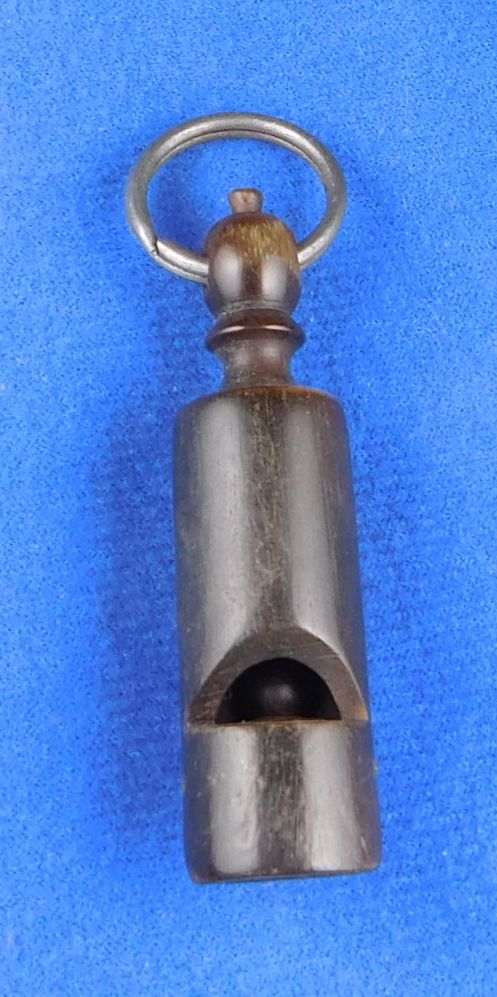
Conclusions
G & JW Hawksley in Sheffield started making fine whistles as early as 1840, preceding the Birmingham manufacturers by as much as 40 years.
They worked in conjunction with Dixon and Sons who also offered even more whistles at this early date. Likely for some time earlier. There was an arrangement for Hawksley to sell Dixon whistles with Hawksley stamps on them.
G & JW Hawksley offered folding and straight extractors, somewhat later than previously thought, and certainly offered them well into the 20th century. This would adjust estimates of vintage.
TWG
Posted June 5, 2022
Bibliography:
Forum – https://www.925-1000.com/forum/viewtopic.php?t=14790
The Sheffield Assay Office Register
https://archive.org/stream/registercopyofre00grea/registercopyofre00grea_djvu.txt
© – All photos with blue background property of The Whistle Gallery reference collection. Please contact The Whistle Gallery for permission of use of any website content. Spotlight articles are copyrighted. Please contact The Whistle Gallery for permission of use of any website or Spotlight article material written or otherwise. Use of photos without authorization is prohibited.
